Throughout my time doing A level Photography, I have learnt lots of new skills and techniques in photography such as how to setup and use a camera based on different environments you may be in and the history behind photography. I have also come to realise that photography is more than just taking pictures: there’s a story behind each image. Whether that be someone trying to capture a memory in time which they can then look back on or discussing an issue in the world. This has made me have a greater appreciation for photography and helped to make my own images be more meaningful than just simply capturing what I see.
Still life
The first topic we covered in photography was still life. Still life is a painting/ drawing of an arrangement of objects. These typically include fruits and flowers and other objects that contrast with those textures e.g. bowls and glassware. Still life pictures are often rich with symbolic depth and meaning. It first emerged as an independent genre in the early 1600s in Dutch and Northern European paintings.

I found the still life section of photography quite interesting as I learnt about still life photography’s deep history and the symbolic meanings behind certain objects seen in images. I also enjoyed finding objects that had personal meaning to me and being able to capture them in different types of lighting eg cool and warm, and seeing how this effected the tone of the image. For example, the warmer lighting gave a warm, cosy feeling to my images that is representative of the objects seen in the image. However, I didn’t enjoy this section a lot as I felt there wasn’t much creatively I could do with these images, making them quite uninteresting to look at as a final piece. Therefore, I will probably not be using a lot of still life photography images in my personal study as it doesn’t stimulate me creatively as much as other topics.
Environmental Portraits
An environmental portrait is a portrait executed in the subject’s usual environment, such as in their home or workplace, and typically illuminates the subject’s life and surroundings. These surroundings often help us to get an insight into that person’s life, culture and status. In most environmental portraits, the subject is staring directly into the camera creating a more personal and intimate image between the viewer and the model.
Arnold Newman was an American photographer who was well known for his environmental portraits of artists and politicians. He was also known for his abstract still life images. I enjoyed looking at Arnold Newman’s work as I felt as if I almost had been able to make up a whole backstory about each person purely based off of their facial expressions and environment they were in, which is what a successful environmental portrait should be able to do. I also like the fact that there is no one in the background of the pictures even in places that you would normally expect to be busy. This made my attention be purely on the subject being photographed. Finally, I like how even when Arnold Newman’s pictures are in black and white, they still manage to captivate his audience and allow for such free creativity as you try and guess what the person in the photo’s life is like.
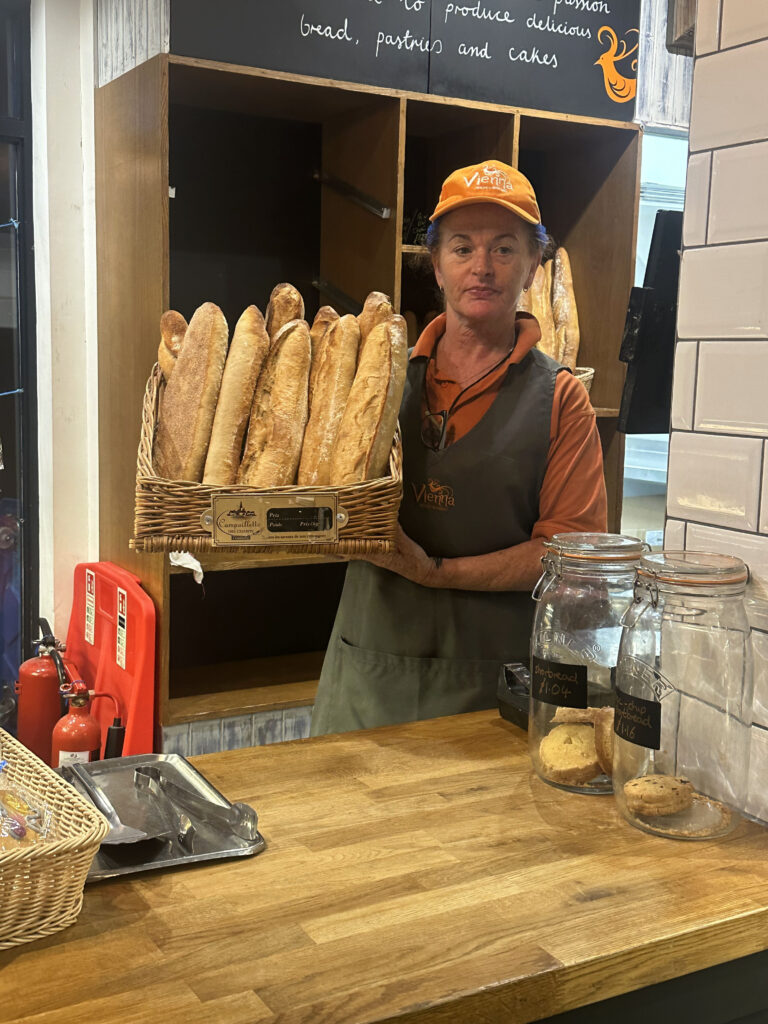
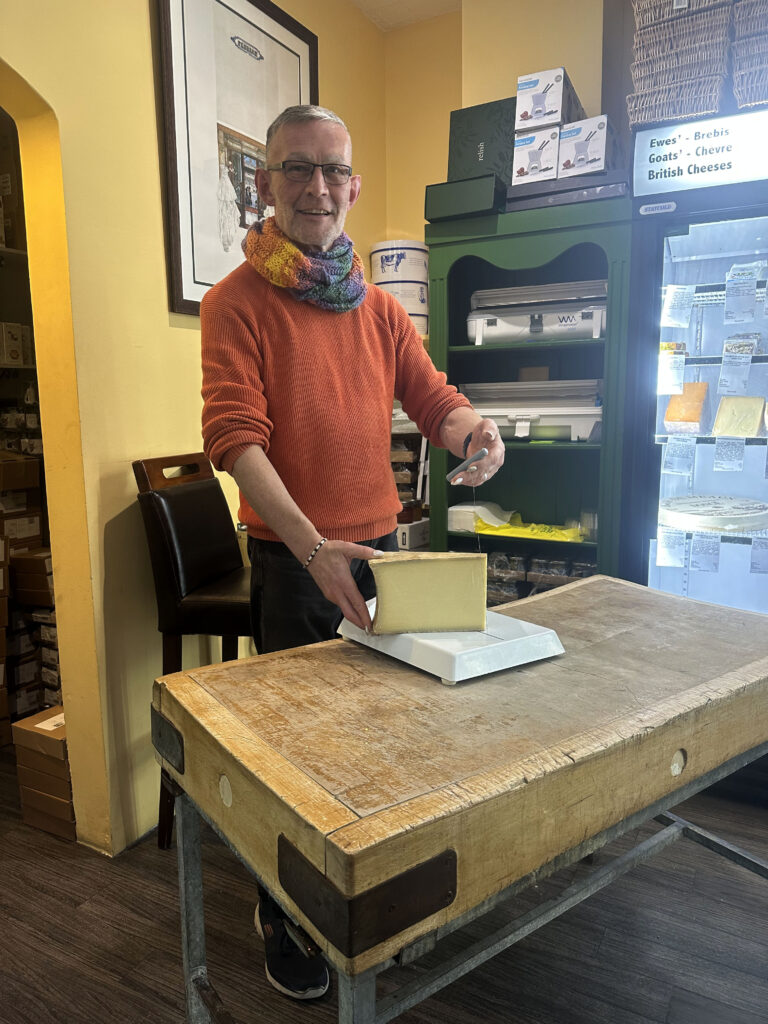
I enjoyed the environmental portraits section of my A level photography course as I got to explore the outside world and take pictures of people from a variety of different settings and backgrounds. Although this section was a bit more challenging than the still life part as I had to ask strangers if I could take pictures of them, I found the images to be a lot more captivating to look at as you start to realise how different every person is and wonder what their stories are. I think the idea of photographing people in their work/natural environment leads to interesting pictures and I will therefore incorporate this idea into my personal study.
Studio Lighting
- Rembrandt lighting is a technique utilising one light and one reflector or two separate lights. It’s a popular technique because it creates images that look both dramatic yet natural. It’s predominantly characterised by a lit-up triangle underneath the subject’s eye on the less illuminated area of the face (fill side). One side of the face is lit well from the main light source while the other side of the face uses the interaction of shadows and light, also known as chiaroscuro, to create this geometric form on the face. The triangle should be no longer than the nose and no wider than the eye. This technique may be achieved subtly or very dramatically by altering the distance between subject and lights and relative strengths of main and fill lights.
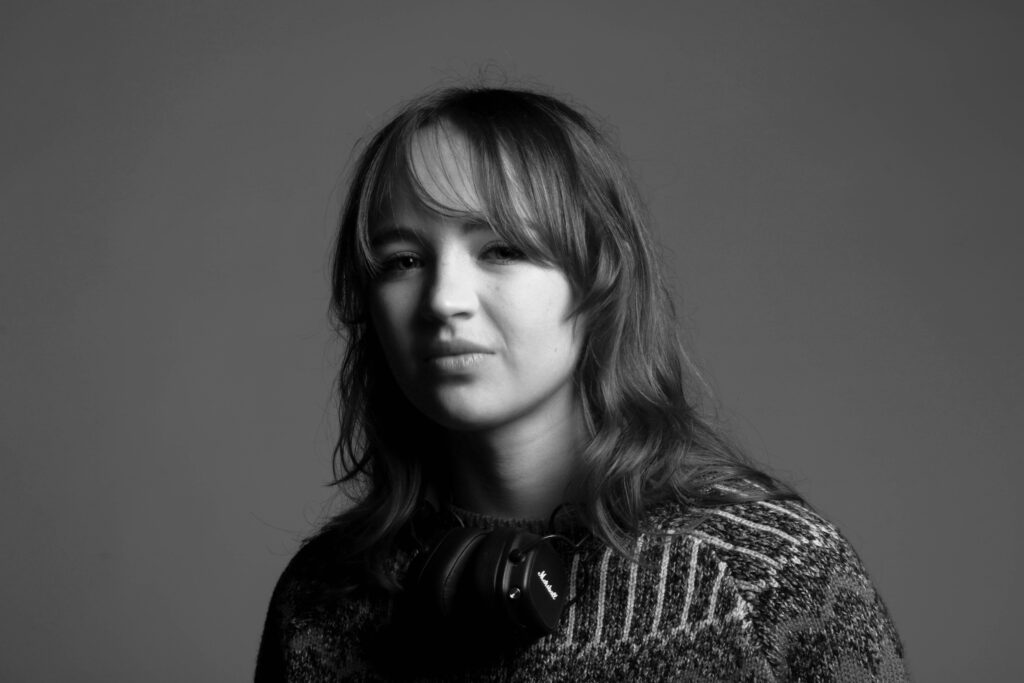
2. Butterfly lighting is a portrait lighting pattern where the key light is placed above and directly centred with a subject’s face. This creates a shadow under the nose that resembles a butterfly. Butterfly lighting is often used in portrait photography, especially in headshots. Butterfly lighting is commonly used to photograph famous stars from classic Hollywood.

3. Chiaroscuro is a high-contrast lighting technique that utilises a low-key lighting setup to achieve contrast between the subject and a dark background. Chiaroscuro creates three-dimensionality on a two-dimensional plane, darkening the background and highlighting the subject in the foreground, drawing the viewer’s focus and attention.
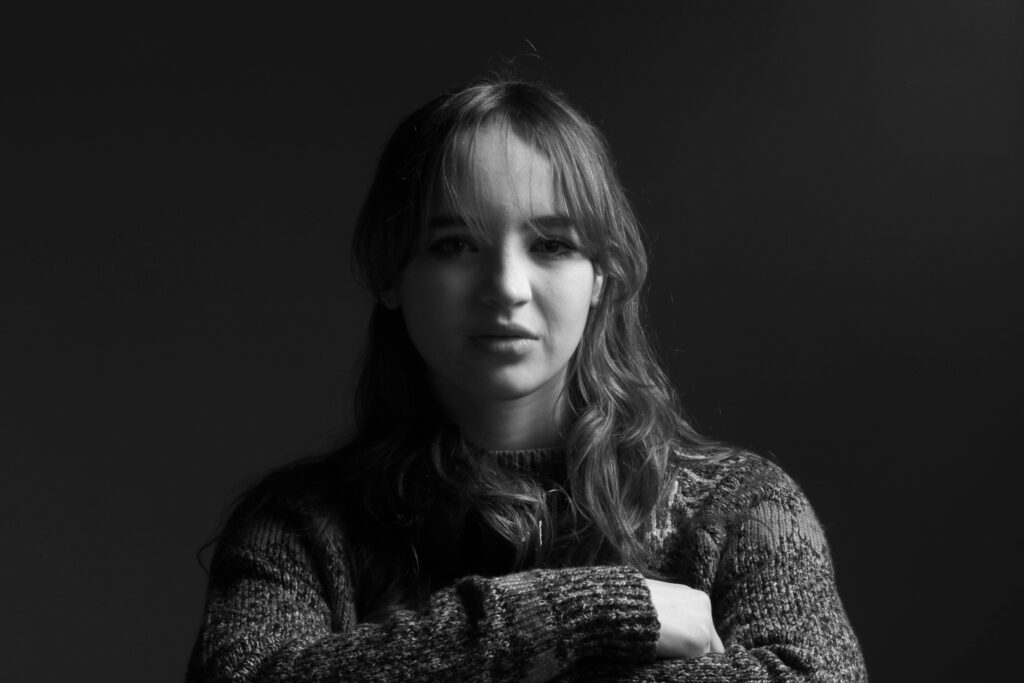
Throughout the lighting techniques module, I learnt a lot of different lighting techniques which I will hopefully be able to use in my personal study where I will be taking pictures of people. I liked this section as I find it more interesting to photograph people rather than objects as you can move them into certain poses that you want etc which you cant do with most objects and then edit these images in a variety of ways.
Femininity and masculinity
Femininity is described as: qualities or attributes regarded as characteristic of women or girls. Traits traditionally cited as feminine include gracefulness, gentleness, empathy, humility and sensitivity, though traits associated with femininity vary across societies and individuals, and are influenced by a variety of social and cultural factors.
One of the artists I looked at for this project is Claude Cahun. She was a French surrealist photographer, sculptor, and writer. She is best known today for her surreal self-portrait photographs which show her dressed as different characters. Cahun staged images of herself that challenged the idea of the politics of gender which can be seen throughout her work.
I also looked at Cindy Sherman who was born in 1952 and is an American artist who’s work consists primarily of photographic self portraits, depicting herself in many different contexts and as various imagined characters. Sherman was always interested in experimenting with different identities and has continued to transform herself, displaying the diversity of human types and stereotypes in her images. Sherman works in series, typically photographing herself in a range of costumes. To create her photographs, Sherman shoots alone in her studio, assuming multiple roles as author, director, make-up artist, hairstylist, wardrobe mistress, and model.
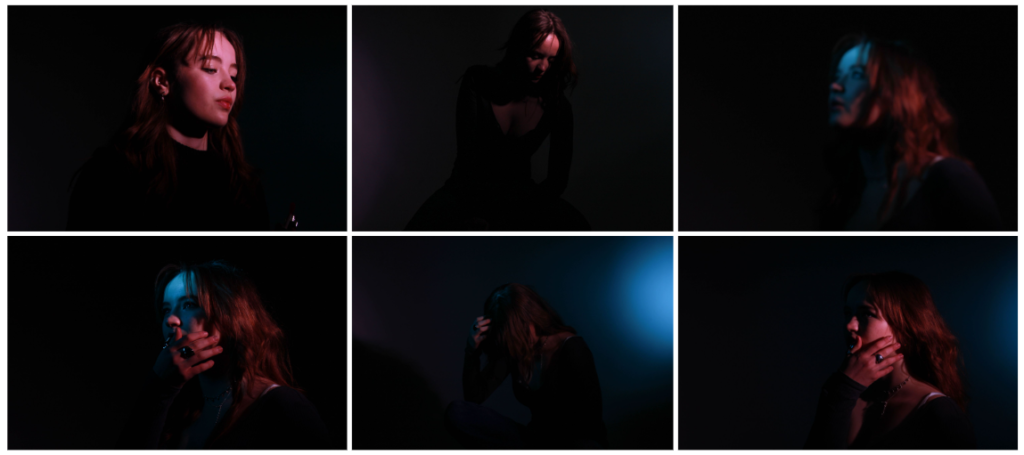
This was one of my favourite sections in photography as I got to cover a real issue in society through my photographs. I found it fascinating learning about the ways women have been presented in the media throughout history and also challenging these stereotypes of males and females. This has lead me to choosing identity as the theme of my personal study as I feel I could cover the idea of femininity, masculinity and stereotypes whilst also experimenting with different things associated with identity eg your heritage and the idea of people feeling as though they need to disguise who they really are (which I didn’t get to do in this section).
Landscape Photography
Landscape photographs typically capture the presence of nature but can also focus on human-made features or disturbances of landscapes. Many landscape photographs show little or no human activity and are created in the pursuit of a pure, unsullied depiction of nature, devoid of human influence—instead featuring subjects such as strongly defined landforms, weather, and ambient light. landscape photography is a broad genre which may include rural or urban settings, industrial areas or nature photography.
For this project, I looked at Ansel Adams who was an American photographer and was the most important landscape photographer of the 20th century. Adams’s most important work was devoted to what was or appeared to be the country’s remaining fragments of untouched wilderness, especially in national parks and other protected areas of the American West. He was also a vigorous and outspoken leader of the conservation movement.
I also looked into Robert Adams who is an American photographer who focused on the changing landscape of the American West. Robert Adams was born in Orange, New Jersey, in 1937. His refined black-and-white photographs document scenes of the American West of the past four decades, revealing the impact of human activity on the last vestiges of wilderness and open space. Although often devoid of human subjects, or sparsely populated, Adams’s photographs capture the physical traces of human life: a garbage-strewn roadside, a clear-cut forest, a half-built house. An underlying tension in Adams’s body of work is the contradiction between landscapes visibly transformed or scarred by human presence and the inherent beauty of light and land rendered by the camera. his work also conveys hope that change can be effected, and it speaks with joy of what remains glorious in the West.
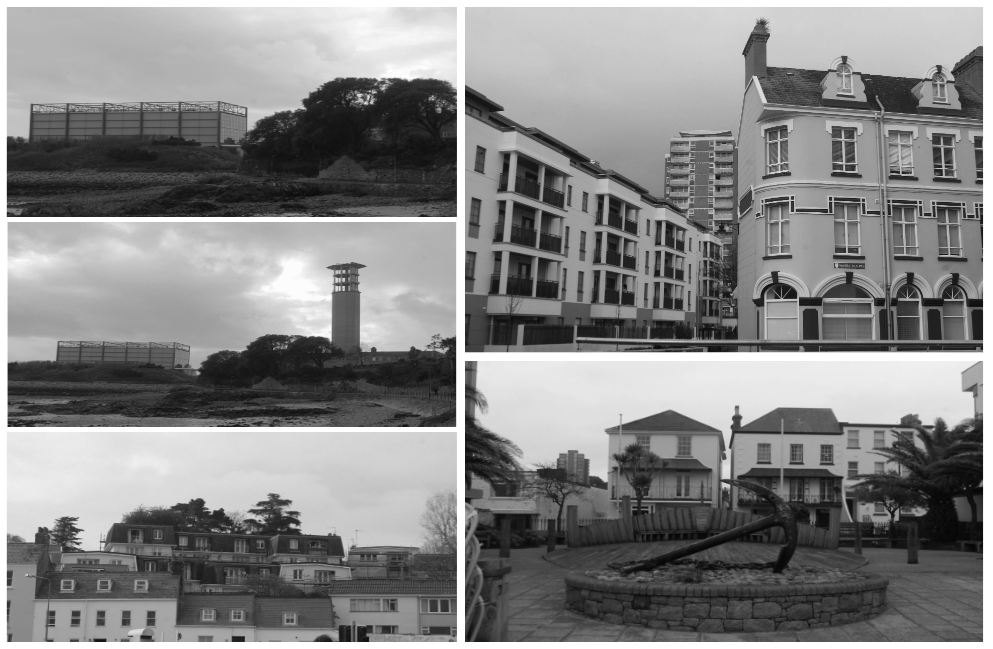
I found this project to be more interesting than I initially thought as I got to explore different places around Jersey and see the vast amount of different environments all around me which I would normally take no notice to. However I found the editing process of this project to be quite boring and repetitive as I was only making the images either black and white or adjusting different settings on Lightroom.
Anthropocene
The Anthropocene defines Earth’s most recent geologic time period as being human-influenced, or anthropogenic, based on overwhelming global evidence that atmospheric, geologic, hydrologic, biospheric and other earth system processes are now altered by humans. The word combines the root “anthropo”, meaning “human” with the root “-cene”, the standard suffix for “epoch” in geologic time. In simple terms, it describes the time during which humans have had a substantial impact on our planet.
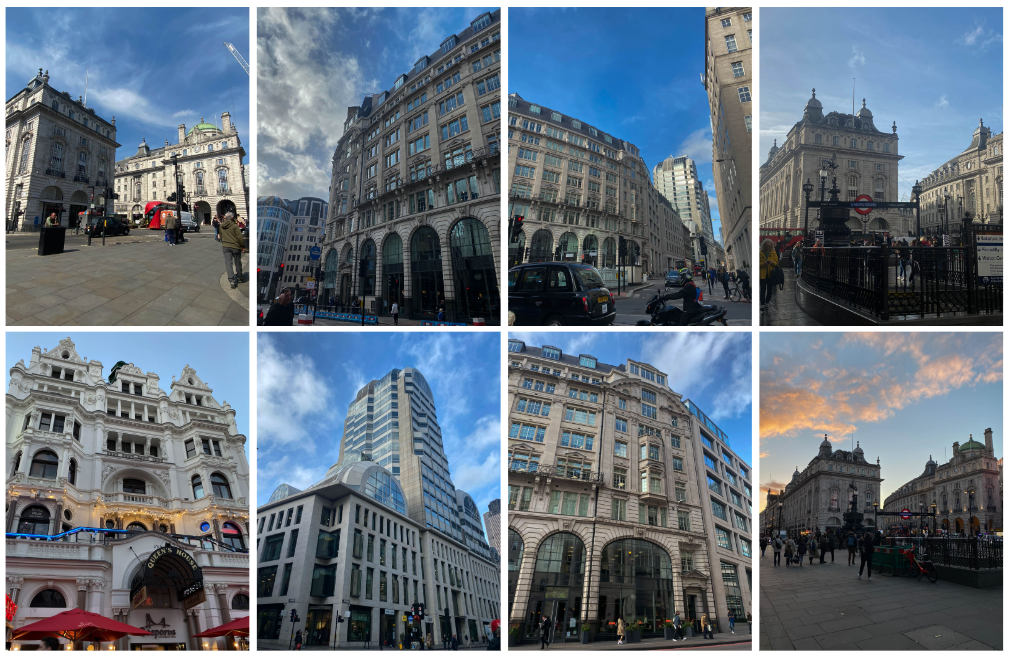
For this photoshoot, I decided to photograph central London as it is a very heavily built area which I think successfully shows how human kind have expanded and built on the Earth, destroying it of its natural beauty- that has to be ruined in order to make room for these masses of buildings. I focused on photographing areas with lots of buildings joined next to one another
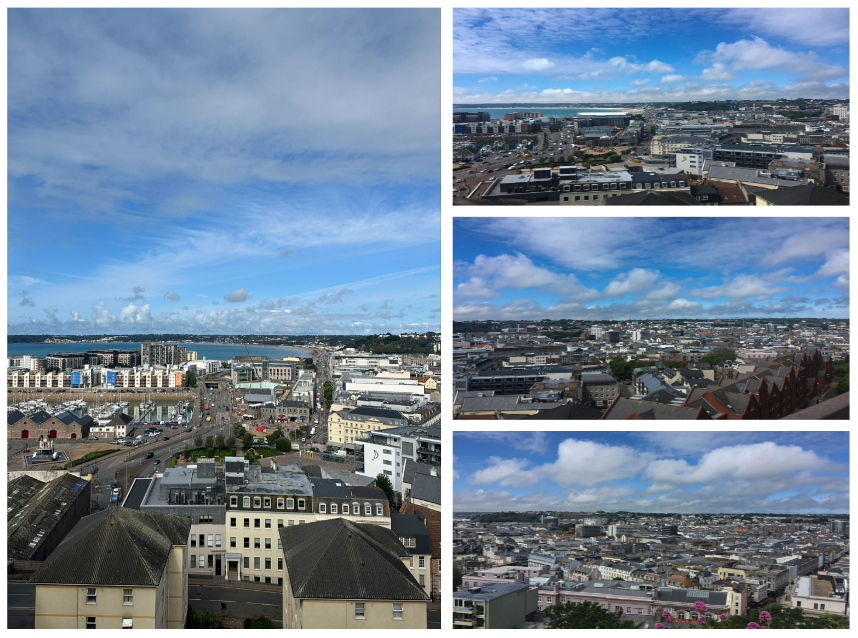
For this photoshoot, I decided to get to higher level grounds and take images of the view I saw before me. I noticed that everywhere I looked was very urbanized and there was a severe lack of natural landscape, highlighting to me the idea of how humans have negatively impacted the Earth by constantly expanding on it and not embracing the beauty we already had.
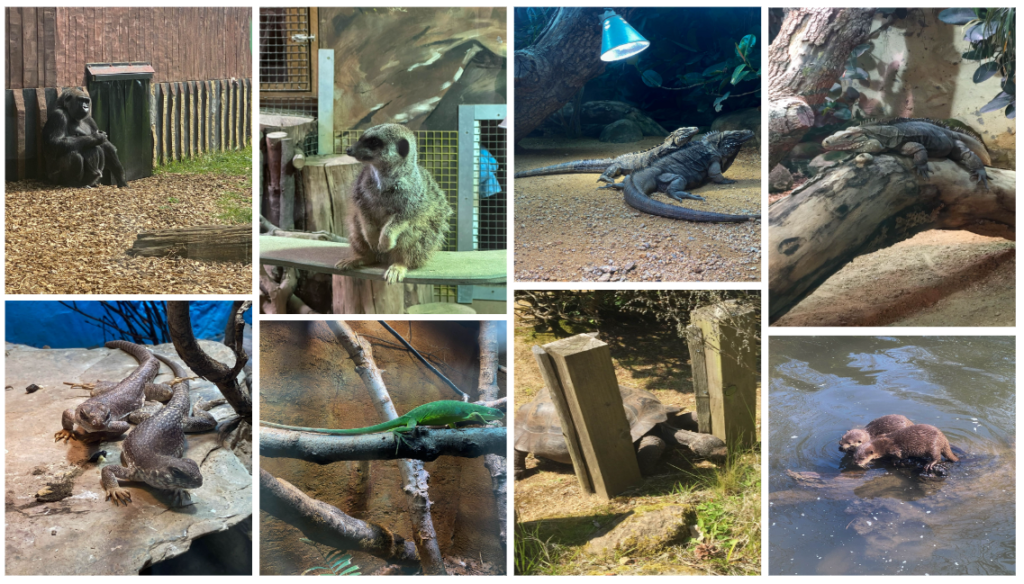
For this photoshoot, I visited different zoos and took pictures of the various animals which are trapped there. This photoshoot was inspired by Zed Nelson who is often seen taking pictures of animals in zoos and highlighting this idea of a false landscape being created in order to mimic the animals’ actual habitats. The problem with this being that we are destroying these animals’ actual habitats in order to replace them with manmade ones which are evidently too small for them.
I really enjoyed this project as a whole as I got to photograph buildings in London, which were much more advanced and grander than the buildings seen in Jersey, and different animals in the zoo which is something I hadn’t got the chance to photograph yet. I also found it interesting to learn about how much humans as a species have expanded on the Earth, leaving us with hardly any natural landscapes for animals to live in left.
The decisive moment
Henri Cartier-Bresson described the decisive moment as the exact instance when a unique event is captured by the photographer – when something that may never happen again is frozen in the frame. The concept of the decisive moment implies that in the constant flow of events, there are moments in which the arrangement of everything within the frame is perfect. These moments are always spontaneous, so a photographer must be ready to click right away. As part of capturing the decisive moment, Henri took photographs of people who weren’t aware they were being photographed in order to capture their real behaviour instead of them becoming aware of the camera and changing what they’re doing/ how they are posing.

Like with the other projects involving photographing people, I enjoyed this section of the course as I got to photograph people being their natural self and not putting on a façade as they’re aware their being photographed and have to come off in a certain light. I also got to be very creative with my edits in this project which produced images I really like. I think this idea of the decisive moment would be a good idea to use in my personal study on identity as in these images people aren’t putting on the front they would if they knew they were getting photographed.
St Helier Harbour
Saint Helier Harbour is the main harbour on the Channel Island of Jersey. It is on the south coast of the island, occupying most of the coast of the main town of St Helier. It is operated by Ports of Jersey, a company wholly owned by the Government of Jersey. For this photoshoot, I walked around St Helier Harbour: exploring both the old and new aspects of it.
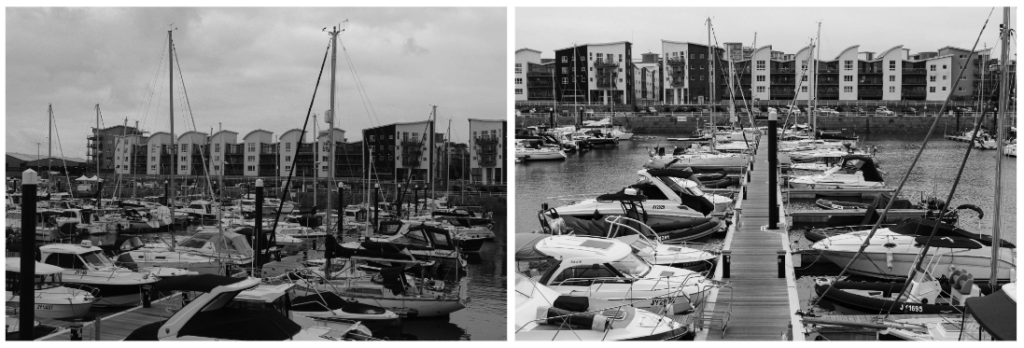
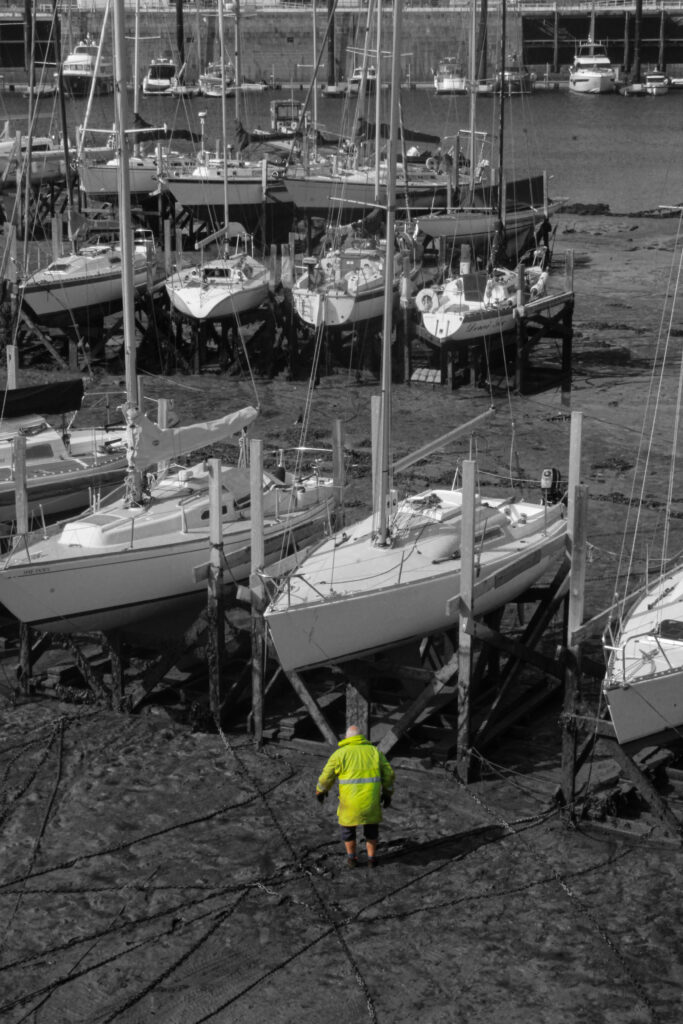
Overall, I found this part of the course not as interesting as other parts as I didn’t find much interest in learning about cod and the history of fishing in Jersey. However, I did become more enthusiastic when taking photographs as I got to see parts of the harbour I hadn’t seen yet and got to photograph some people who worked around the area where I got to get a sense of what life was like for these people.
Mirrors and Windows
A mirror photograph reflects a portrait of the artist who made it. Its a “romantic expression of the photographers sensibility as it projects itself on the things and sights of the world”. Some words that are associated with mirror photographs are: subjective and naturalistic. In mirror images, the artist expresses themselves and focuses on exploring themselves as a person rather than the exterior world (as seen in windows). On the other hand, window photography is where an artist explores the exterior world through photography in all its “presence and reality”. These images help those who are looking at it to understand the world further.
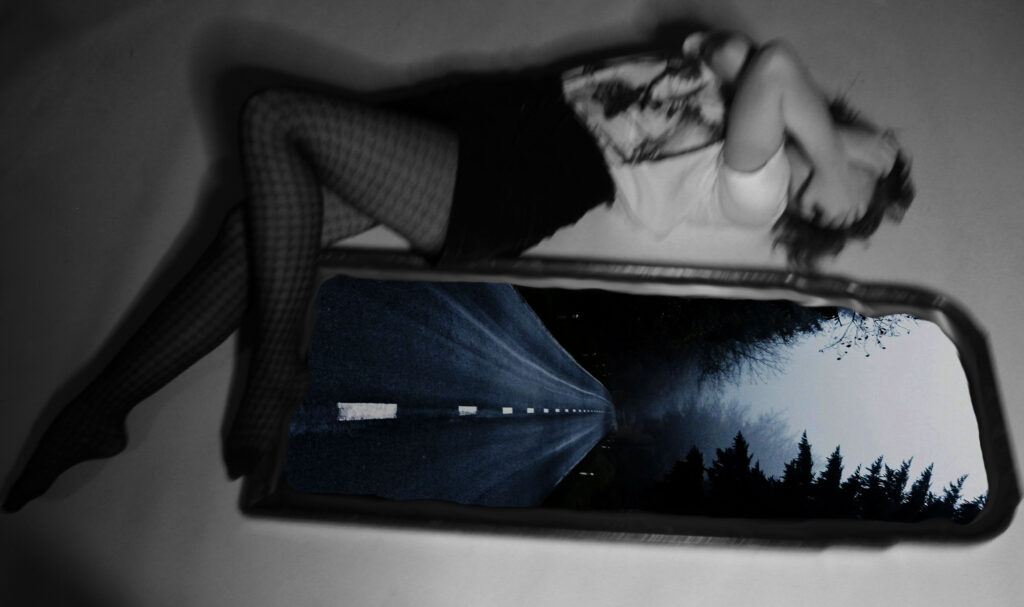
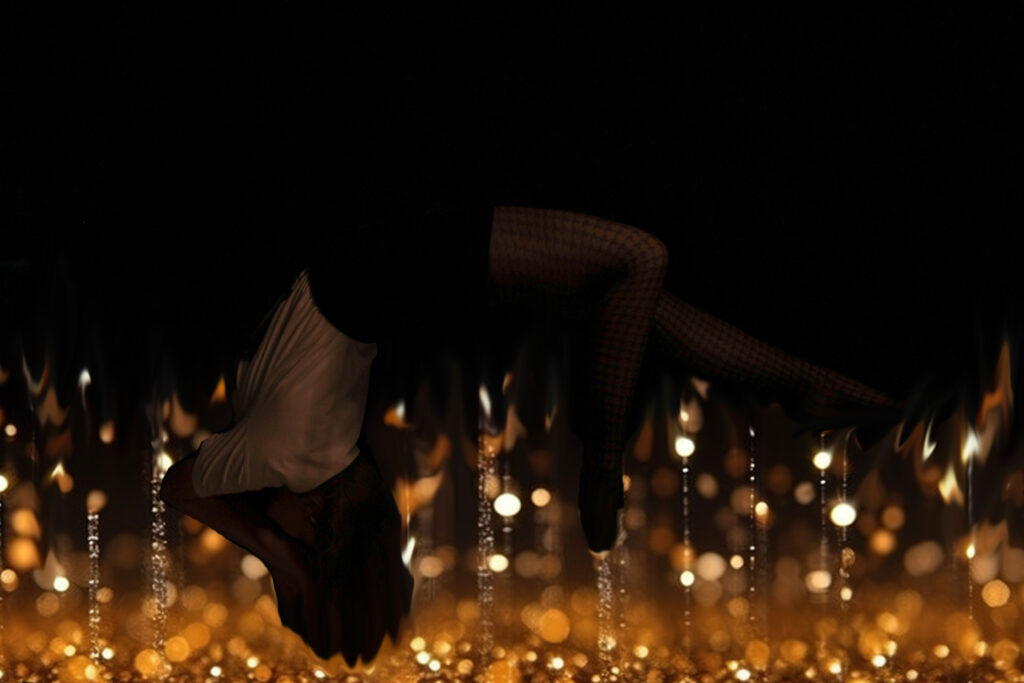
I found the idea of mirror and window images interesting as I came to realise the idea of images being not just one of the two but both. For example, I could use this knowledge in my personal study as I could take an image of an object which has personal meaning to someone making it a mirror image but also a window image as the photograph itself is just of an object which is objective as first glance and looks as if it has no trace of humankind in the image but as you look deeper into the reasoning behind the photograph, you can see aspects of a mirror image too.
